Greetings, fasten your seat belts since today's flight will be full of excitement and information. You guys must be thinking, why am I talking like a flight attendant? Well, I am just excited about today's article.
Many of you guys reading this article must have traveled in different airlines throughout your lives, but have you ever thought about the origin of the airline industry and how important this industry is in today's world?
If you haven't thought about it yet, let's think about it together. Today, we will be conducting Airline Industry Analysis to get an insight into the industry and discuss the environment in the airline industry.
Before we proceed further with the analysis, let's look at the airline industry's origin to get an idea of how this industry came into being.
If we look at the history of the airline industry, we get to know that although the first aircraft was manufactured in 1903, it still took around two decades to start commercial operations.
In between, the first commercial flight flew for more than 90 minutes, taking the first passenger in 1914 but soon suspended its operations after four months.
The airline industry began to develop in 1925 when private airlines were contacted to deliver mail. Shortly after, several commercial airlines emerged, such as Western Air Express, Ford Transport Service, and Pan American.
From then onwards, the airline industry continued to grow as more airlines joined the airline industry. This provided passengers with more options to travel and resulted in reasonable airfares and better service.
Today, thousands of commercial airlines are operating in the airline industry generating vast sums of revenue, such as Ryanair, British Airways, Easyjet, Delta, and Southwest Airlines. Before COVID-19, the airline industry generated $818.32 billion globally in 2019.
Although plenty of airlines are currently operating in the industry, there are few major players in the industry that are considered to be the largest in terms of the revenue they generate each year. However, American Airlines is regarded as the largest airline in terms of revenue since it has an annual turnover of $29.9 billion.
Besides, the airline industry holds great significance for carrying passengers, packages, and luggage from one part of the world to another. The airline industry also contributes enormously to the global economy by providing 65.5 million jobs and generating economic activity worth $2.7 trillion globally.
The airline industry continues to grow each year, and it is predicted to grow at a rate of 4.3% annually for the next 20 years.
Now that we have discussed the history and current situation of the airline industry. Let's move ahead and carry out the airline industry analysis to get an insight into the airline industry's life cycle, competitiveness, and environment.
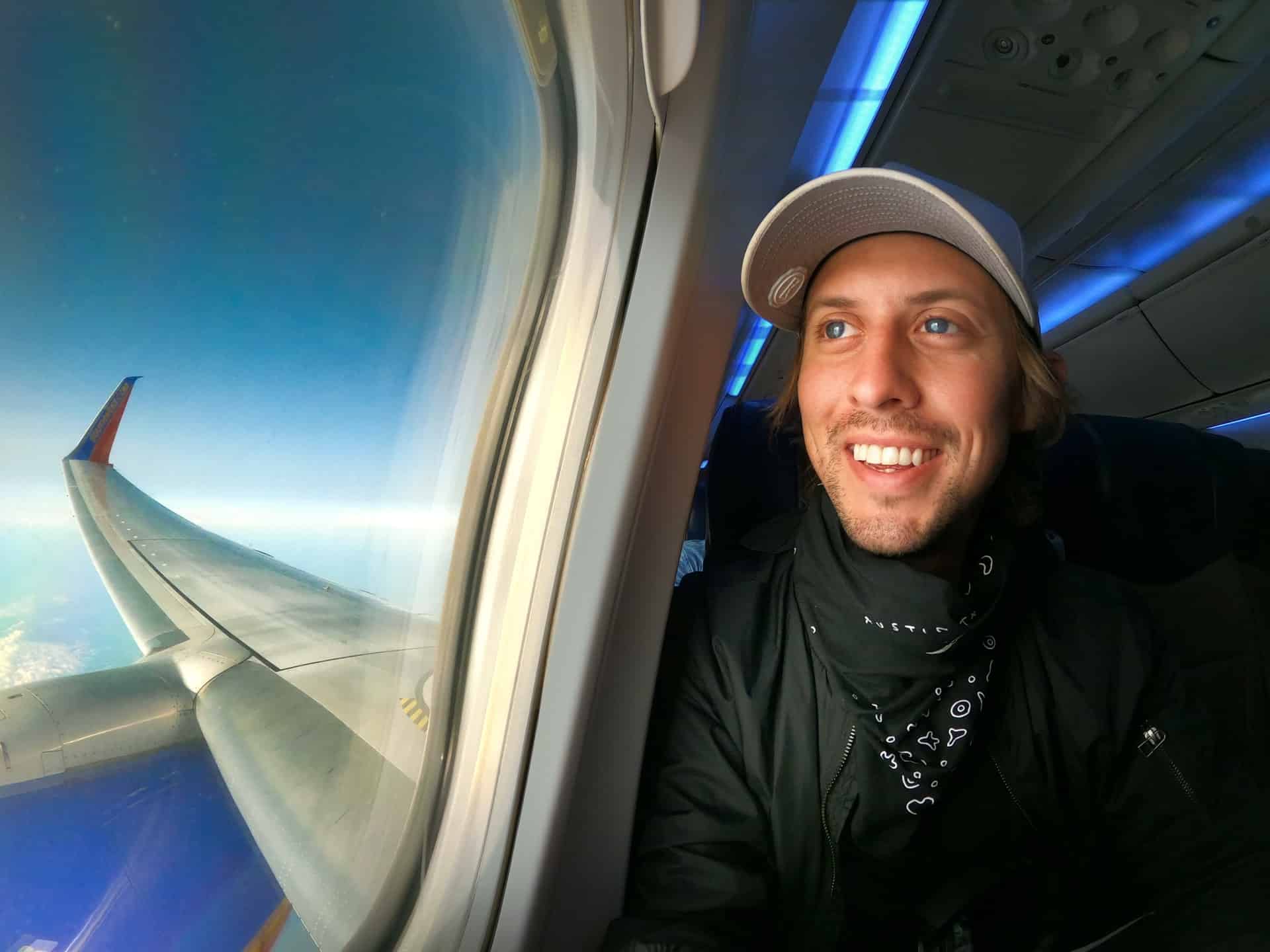
Airline Industry Life Cycle
To proceed with the airline industry analysis, first, we must construct the airline industry life cycle to see at what stage the airline industry is present.
The life cycle of an industry consists of five stages. The first stage of the life cycle is called the startup stage. After that, the industry moves to the growth stage. This stage is followed by the shakeout stage, which then leads to the maturity and finally the decline stage.
Startup Stage
The startup stage represents the first stage of the life cycle. At this stage, only a few companies exist in the industry, and there is hardly any competition. Moreover, at this stage, consumers are unaware of the products offered by the newly established companies. Hence, strategies are made to attract customers.
Similar to any other industry, the airline industry also initially went through the startup stage. The airline industry entered its startup stage in 1914 when the first ever commercial flight, consisting of two people, flew from St. Petersburg and landed in Tampa Bay.
At that time, no commercial flights existed, and a passenger traveled on a commercial flight for the first time.
Growth Stage
After the startup stage, the growth stage exists. At this stage, more companies enter the industry. Hence, competition increases. Since the level of competition increases in the growth stage. As a result, innovation takes place in the industry, attracting more customers.
The airline industry entered the growth stage in 1925 when the Air mail act enabled commercial airlines to deliver mail. This initiative promoted the airline industry since many airlines, such as Western Air Express, Ford Transport Service, and Pan American, helped the industry grow.
Shakeout Stage
After an industry experiences the growth stage, it moves towards the shakeout stage. In this stage, the companies began to exit the market due to the high level of competition. In many cases, already existing big names in the industry also push the new entrants out of the market.
The airline industry also experienced a shakeout stage in the late 20th century, when big names such as TWA and Pan American were forced to exit the market due to high levels of competition. Moreover, the gulf war and the recession of the early 1990s also affected airlines' profits in the industry, due to which airlines exited the industry.
Maturity Stage
After the shakeout stage, the maturity stage is the next stage of the life cycle industry. In this stage, hardly any growth takes place in the industry because at this stage, the industry is at its peak. When an industry reaches the stage of maturity, companies try hard to attain growth.
Currently, the airline industry is at the maturity stage. Before COVID-19, the airline industry was operating at a stagnant level. A slight change in the annual revenue for 2018 and 2019 was observed. The airline industry will continue its maturity stage at least for some decades since it is expected to grow at 4.3% for the next 20 years.
Decline Stage
The decline stage is the last stage of the industry life cycle. After an industry reaches the maturity stage, it heads towards the decline stage. In this stage, an industry begins to lose its market share as the consumer base starts to shrink. The decline of an industry is mainly caused when consumers shift to new substitutes available in the market.
The decline stage of the airline industry seems to be far away since it seems very impractical to think consumers would stop consuming the services provided by the airline industry in the near future. Similarly, not enough possible substitutes are available that could result in the decline of the airline industry.
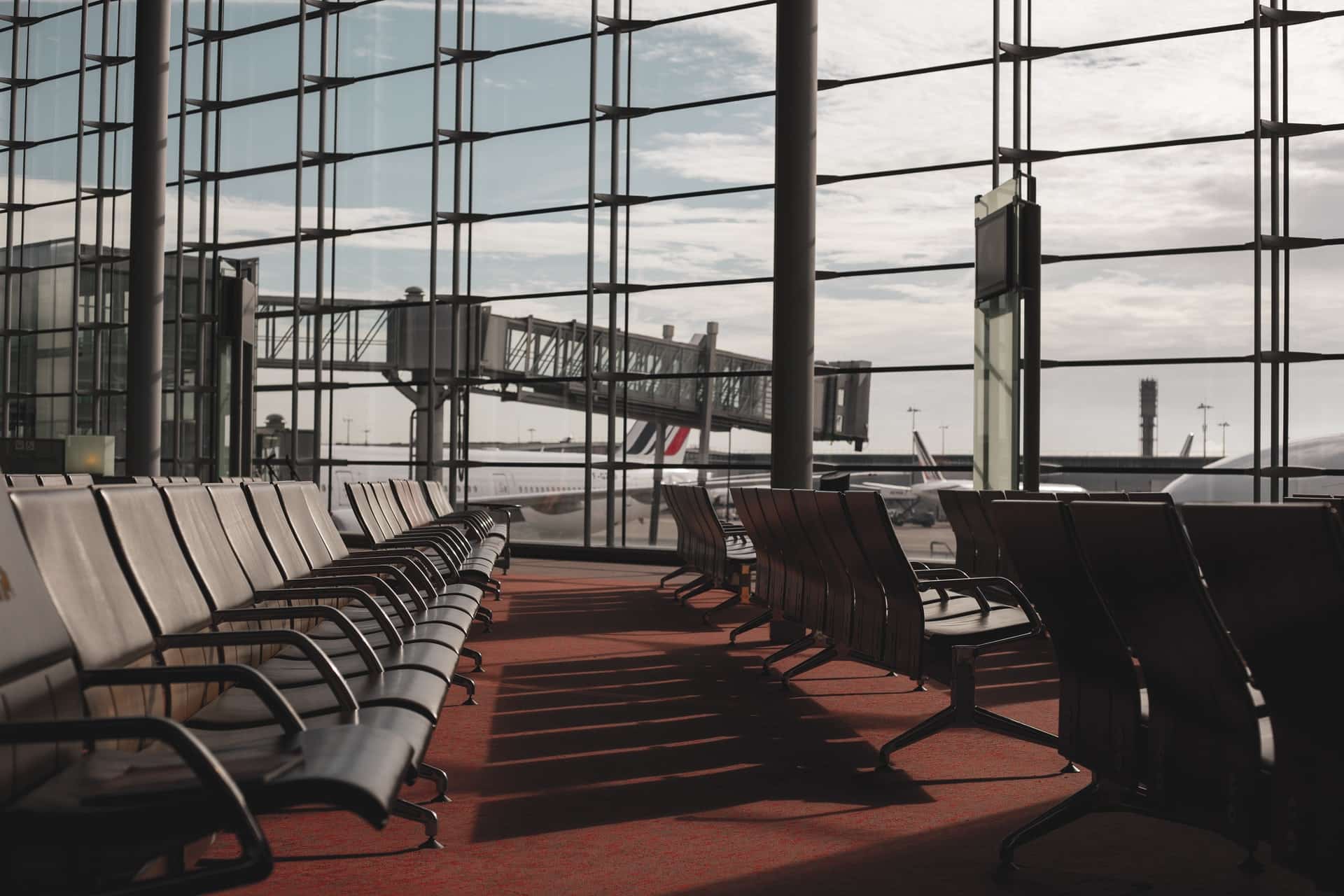
Assessing the Competition: Porter's Five Forces Model
Now that we are done with the airline industry life cycle let's move to the second part of the airline industry analysis, assessing the airline industry's competition through Porter's five forces model.
Competitive Rivalry
This is the first factor of Porter's five forces model to assess the industry's competition. This factor analyses the level of competition that exists within an industry.
Competition in the airline industry is high since different airlines cater to consumers' needs. Similarly, since the initial investment is high in the airline industry, only financially strong airlines enter the industry. Hence, economically strong airlines give tough times to other airlines in the industry through innovative measures.
Supplier Power
Supplier power in this model accounts for the power of suppliers to set the market price. Industries that have excess suppliers tend to have low supplier power compared to industries with a low number of suppliers.
Supplier power in the airline industry is high since the airline industry consists of three main components. One is fuel, the second is aircraft, and the third major component is labor. Fuel suppliers have the power to sell fuel at whatever rate they feel is right.
Similarly, there are only two leading aircraft suppliers, Airbus and Boeing. Since there is a lack of aircraft suppliers, these two suppliers can charge high prices. Other than that, labor is also an essential component of the airline industry, and they also have the power to manipulate the market price through union politics.
Buyer Power
Similar to supplier power, the third factor of Porter's five forces model is buyer power. This factor reflects the power of buyers to manipulate market prices.
Buyers in the airline industry have high power since all the airlines provide the same service of carrying passengers to their desired location. Therefore, passengers are hardly attached to any airline, and they only prefer a relatively cheap airline that provides good service.
Any airline that fulfills these criteria would be chosen by passengers. Knowing this keeps the airlines on their toes and increases buyer power in the airline industry.
Threat of Substitution
This factor highlights how threatened the companies operating in an industry feel when they think of getting substituted.
The fear of substitution is low in the airline industry since there are not many alternatives available for the airline industry. For short distances, road and train-related services can be consumed, but if saving time is the priority along with getting good service, then air travel has no substitute available.
Threats of New Entry
The last factor of Porter's five-factor model considers the threat of new entrants. It highlights how threatened are the pre-existing companies from new entrants.
Threats of new companies are low in the airline industry since high capital is needed to enter the industry. Similarly, barriers to entry exist in the airline industry that prevents sudden entries.
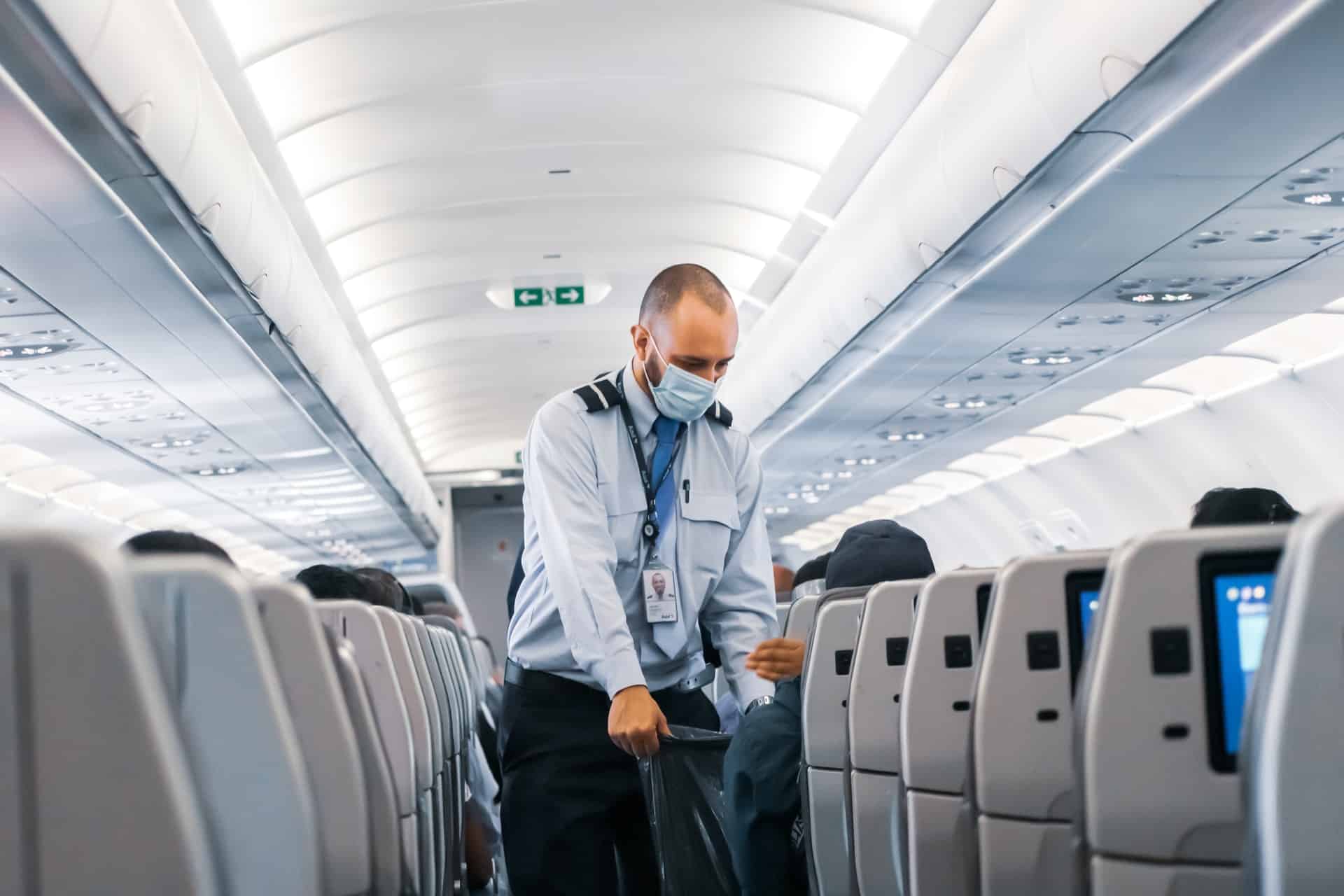
Environmental Analysis
Now that we are done with the life cycle and Porter's five-factor model to assess the competition in the airline industry. It's about time to conduct the environmental analysis of the airline industry before we conclude our airline industry analysis.
In this environmental analysis, we will analyze the environment of the airline industry by carrying out a SWOT analysis of the airline industry and a PESTLE analysis.
PESTLE Analysis
PESTLE analysis is a tool used to highlight the external factors such as political, economic, social, technological, legal, and environmental factors that affect companies' operations within an industry.
In this section, we will have a look at the external factors affecting companies in the airline industry.
Political Factors
Due to political tension between countries, the operations of airlines in countries can be disrupted. For example, recently, European countries have banned Russian airlines in Europe. Such bans can be damaging for the airlines financially.
Economic Factors
It is predicted that fuel prices will remain high in 2023. Such high global inflation or high prices of oil will push the airlines to increase their airfares. As a result, a decline in the consumer base of the airlines can be observed, which will lower the profit margins of airlines and damage them financially.
Social Factors
If we compare it to older times, consumers' preferences have changed over the years. Now consumers demand better food options and entertainment services besides the usual comfort. Airlines must be on their toes to match the changing demands of the customers.
Technological Factors
Technological developments can really benefit airlines. For example, airlines can offer bookings online and use social media for marketing purposes. Using technology in this way can help airlines increase their customer base.
Legal Factors
Strict laws and policies are formed by civil aviation authorities to ensure that airlines are providing the best services to their customers. Airlines must abide by the laws to operate in the market, or else heavy penalties or bans can be imposed on them.
Environmental Factors
Aircraft play a significant role in causing carbon emissions that lead to global warming. Environmentalists have been demanding airlines follow green flying practices. Airlines must find ways to mitigate carbon emissions to avoid imposing heavy fines.
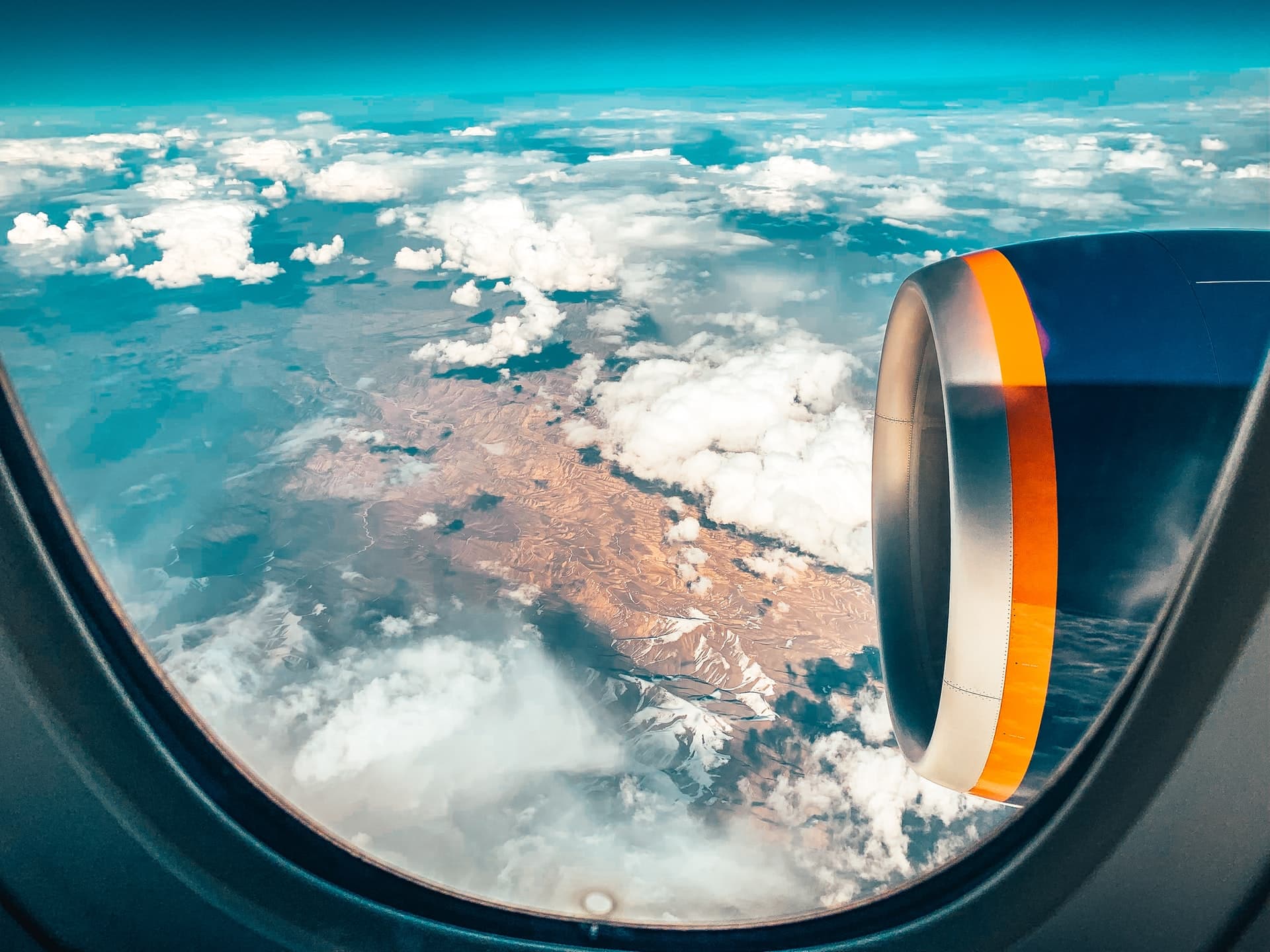
SWOT Analysis
Along with PESTLE analysis, SWOT analysis is another business tool that highlights strengths, weaknesses, opportunities, and threats faced by organizations in an industry.
Strengths
The airline industry has a vast consumer base. In 2019, more than 4.5 billion people traveled by air globally. Such a high consumer base is a strength for the airlines since it helps them gain profits.
Weaknesses
A high cancellation rate exists in the airline industry. Passengers often cancel and miss flights, due to which airlines have to bear the losses.
Opportunities
Since the world has become a global village, an increase in tourism is also observed. Therefore, increasing tourism can be considered an opportunity for airlines to expand their operations.
Threats
Pandemics like COVID-19 are a genuine threat to the airlines operating since losses result from such pandemics because people avoid traveling and countries close their borders.
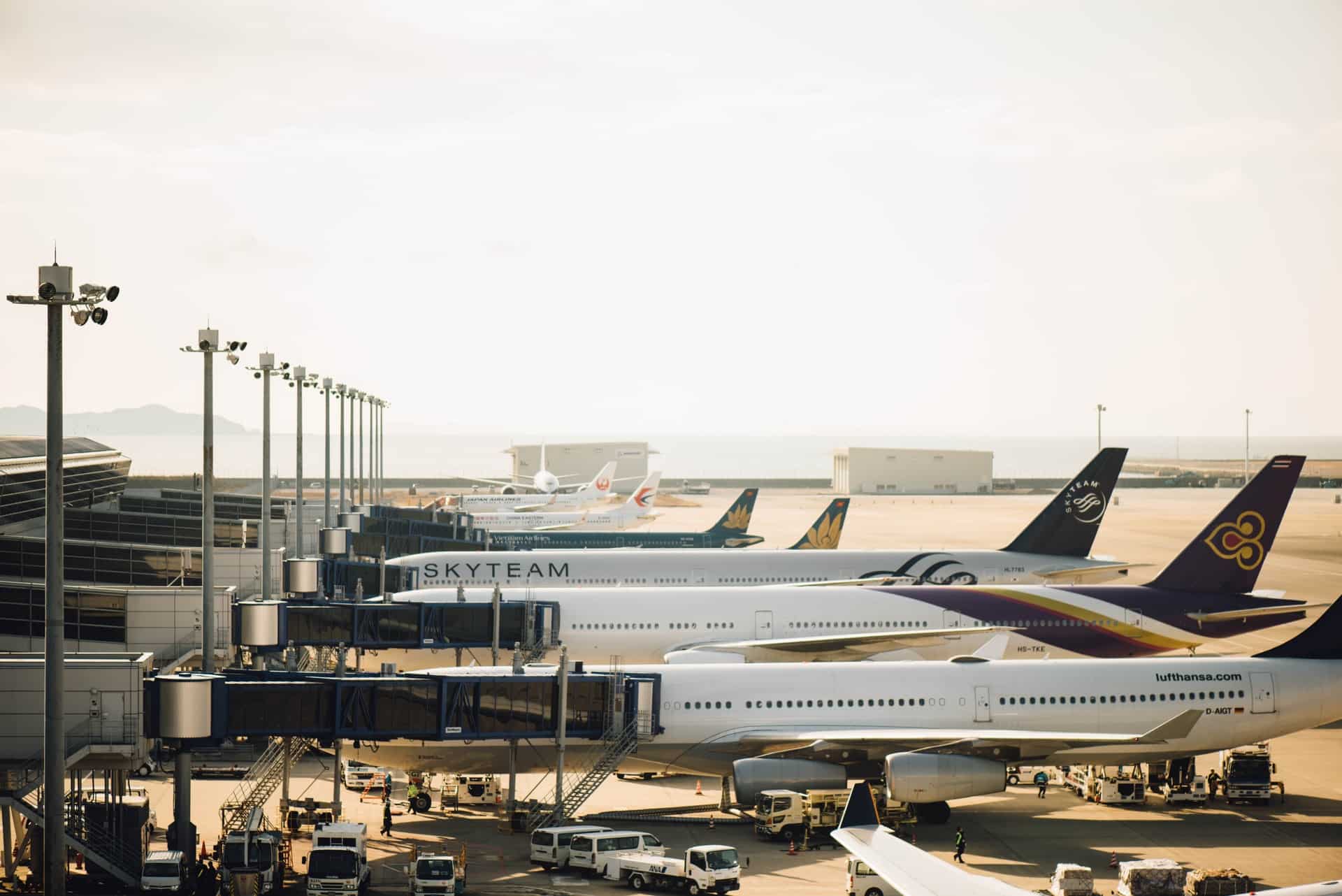
Airline Industry Analysis: Final Word
To summarise the highlights of this article, let's rewind a bit. So, we started by discussing the airline industry's history and current status.
Then we proceeded to conduct the airline industry analysis, and for that, first, we constructed the airline industry life cycle. Then we assessed the level of competition in the airline industry. Then finally, we conducted an environmental analysis of the airline industry. With that, we conclude our airline industry analysis. We hope that you guys would have found this article informative and valuable.










